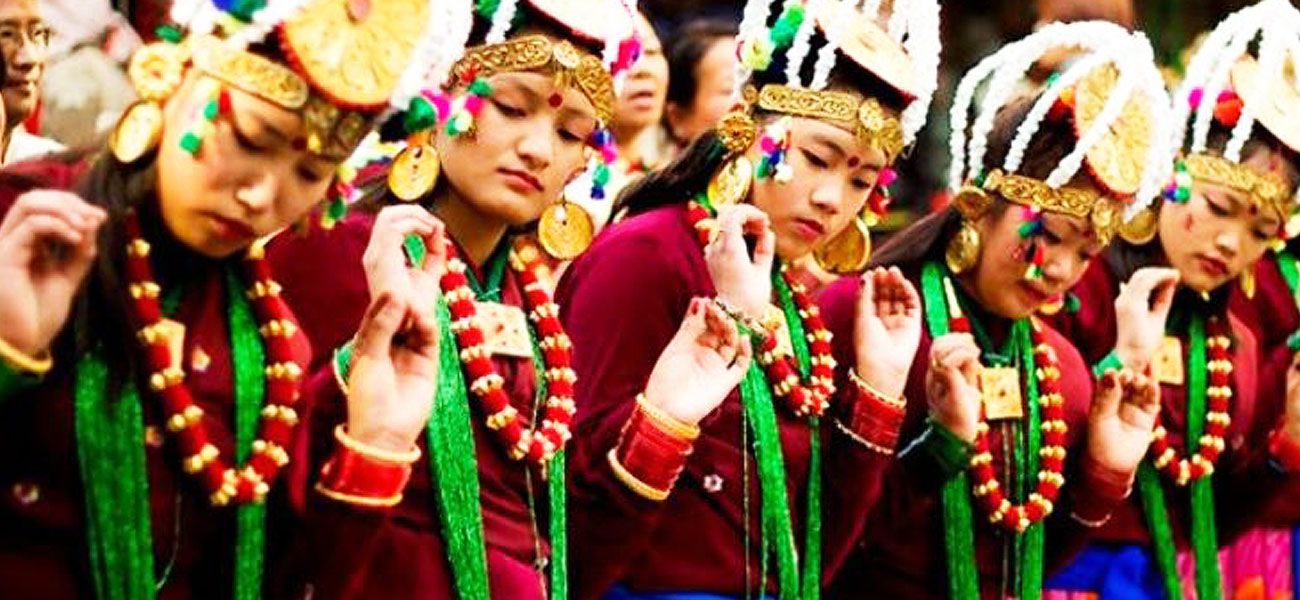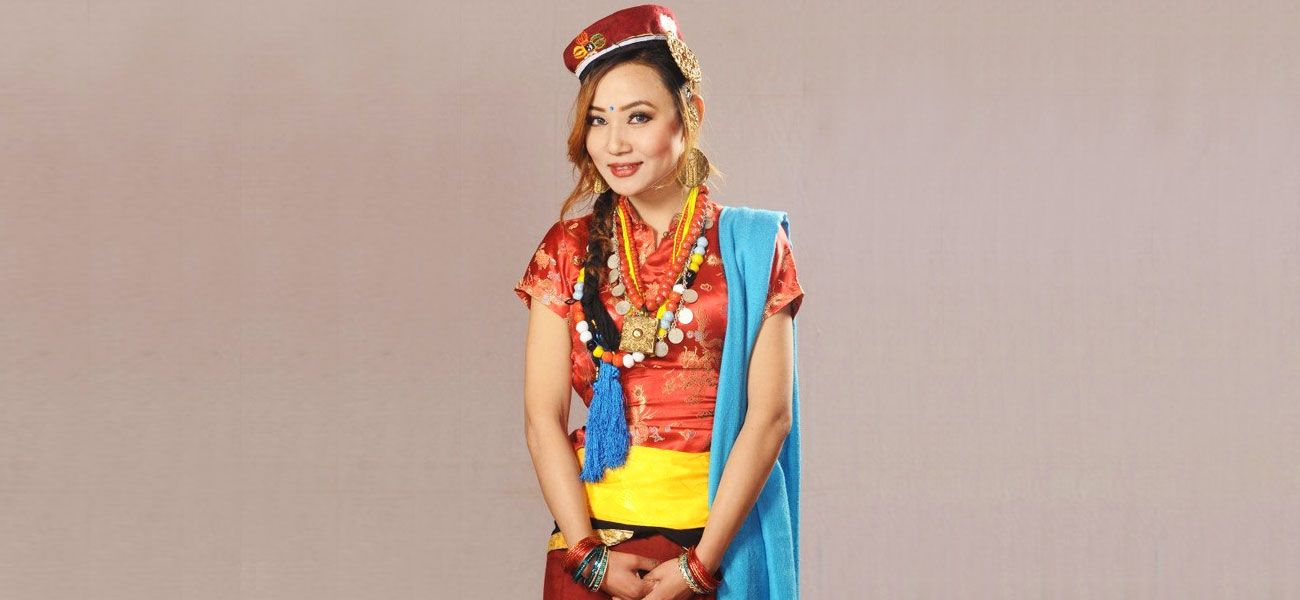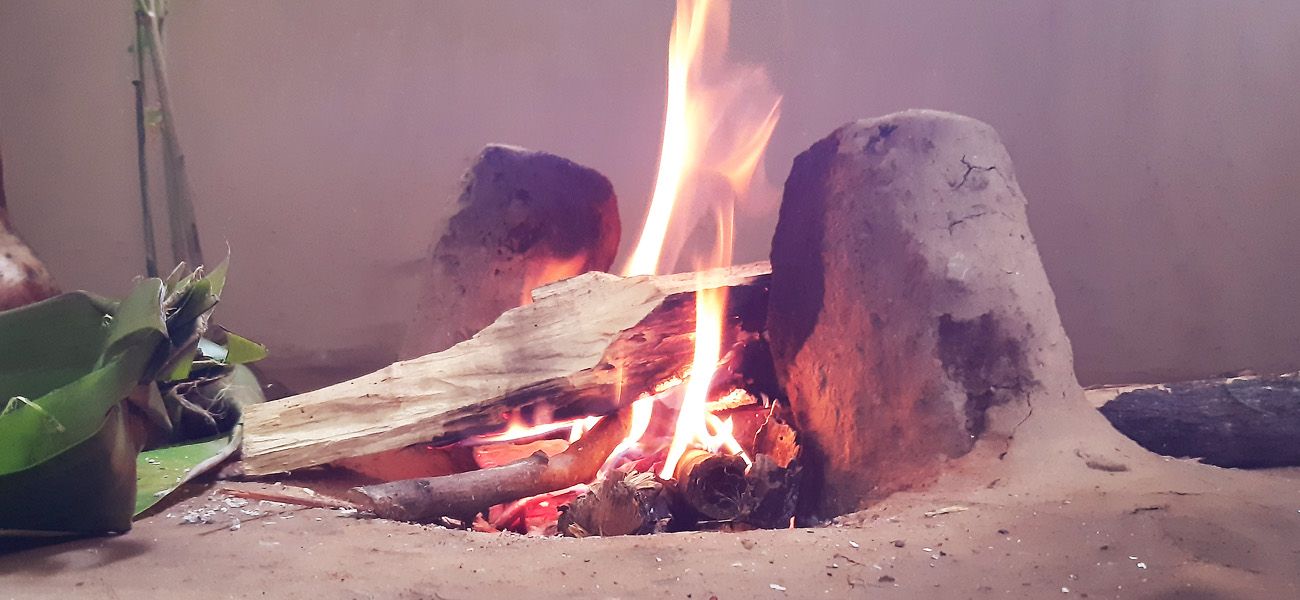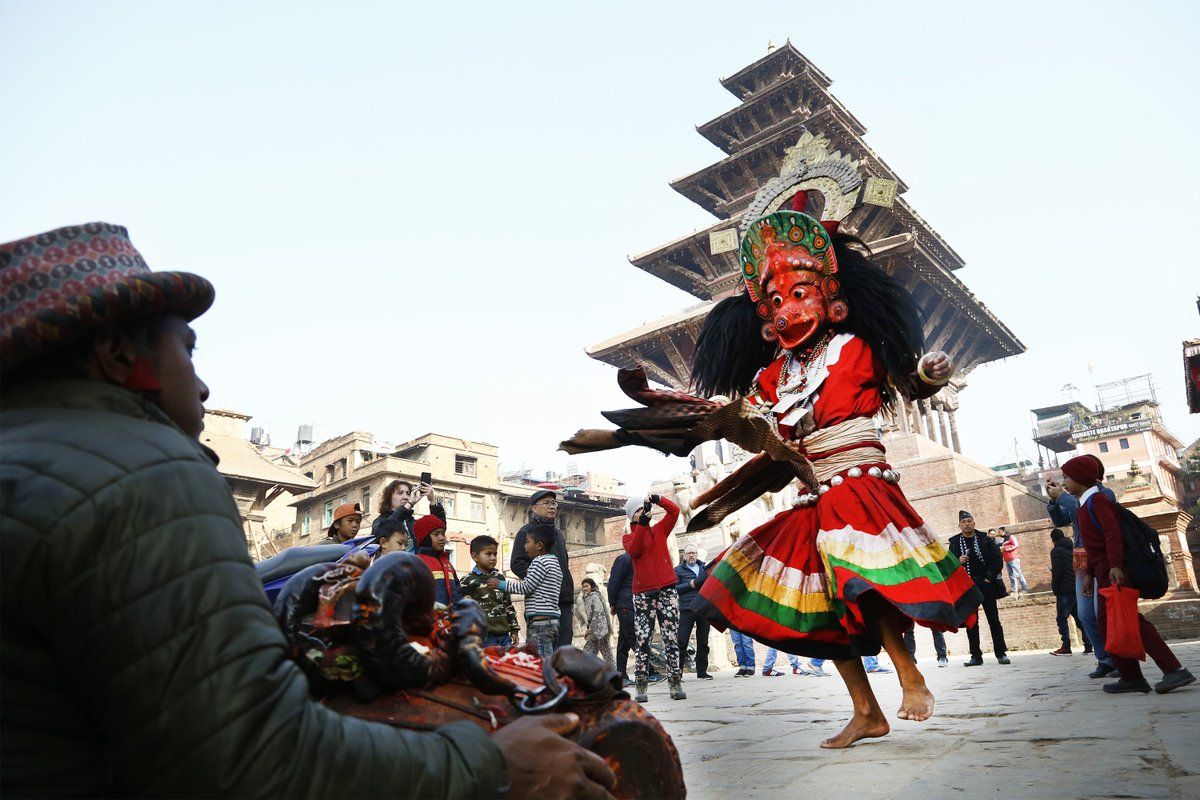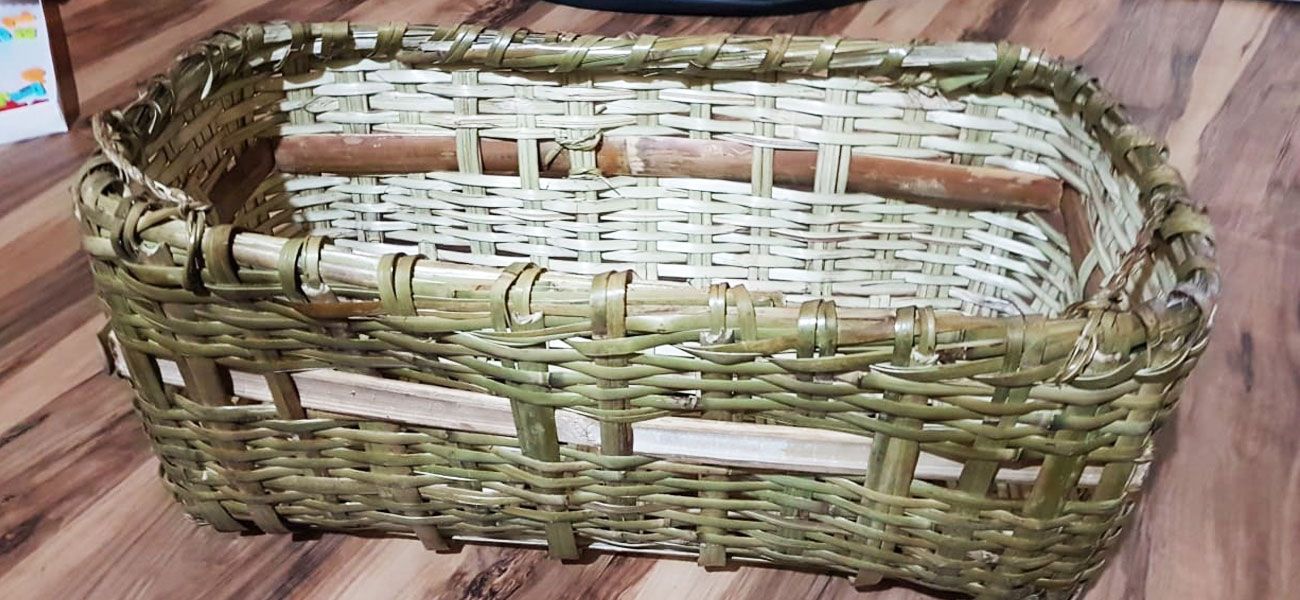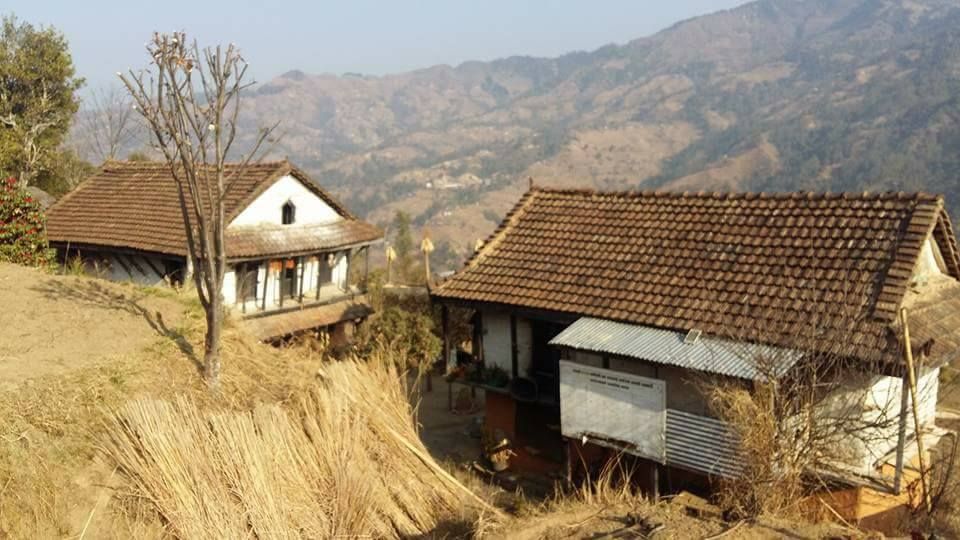Ghatu Tradition of the Gurung People – Part 1
Ghatu or Ghaptu is a narrative song and dance tradition of the Gurung people. Ghatu song and dance performances are one of the richest and beautiful forms of artistic expression in the Himalayan region. Yet it remains unheard of and invisible in common knowledge and popular culture. It is prevalent, however, among the rural Gurung communities of Western and Central Nepal. Ghatu is performed not only for fun and entertainment but also because it is primarily a socio-cultural display and has historically played a key role in achieving amplified social cohesion among the native Gurung, Magar, and other indigenous communities of Central West Nepal.
Ghatu is a slow group dance performance that involves enacting scenes from local mythology and is accompanied by song and music. This performance goes on for hours and dancers invariably go into a state of trance during the performance. No one knows the origins of Ghatu. Today, it is observed not just by the Gurungs but also by the Magars, Tamangs, and a few other communities living in the Western Himalayas. The tribes in the Himalayan region have always been deeply spiritual who have enjoyed a rich ceremonial life that was profoundly expressed through music and dance. So, Ghatu being added to this profoundly rich repertoire is good for artistic traditions. Moreover, music and dance form the core means through which the tribal people have always communicated their values and beliefs and asserted their unique identities.

There are three types of Ghatu dances. The Barahmase, Kusunda, and the Sati Ghatu. While the Barahmase Ghatu is more common than others and doesn’t adhere to strict regulations and is performed during celebrations, the Kusunda Ghatu depicts scenes of a Jogi, living as a hermit in a place called Kusunda and an interaction with the Kusunda forest Gods. Here, we must understand that the Sati Ghatu is the complete story and performance while the Barahmase and the Kusunda Ghatu are merely some scenes picked up from the complete Sati Ghatu. This traditional Ghatu dance is intimately connected with a song and the beat of the Maadal, for hours on end.
Ghatu is a long, oral epic and its form can be divided into three basic categories – Dhile, Chamke and Yalala. Dhile performance is slow and gradual while Chamke is fast and Yalala is something in between. Ghatu depicts the story of Ambawati and Parashuram, a queen and the king of Lamjung. They have a wonderful love and a complete life together along with a son named Balkrishna. Parashuram soon has to go fight a war and he subsequently dies on the battlefield. The queen self immolates along with her husband, in grief. It is this grief which forms the climatic crux of the entire Ghatu performance. Each lyric and corresponding dance move is typical and of a fixed nature depending on the song and the purpose of the gathering in which it is performed. In fact, it is so common to incorporate these elements in unison that it forms to become one unified element.

In some places, the ritualistic beginnings of the Ghatu performance happen in January during the festival of Shree Panchami, when the dancers are selected. Originally, Ghatu rituals begin in the month of Baisakh when the main dance always took place on a full moon night. There is continuous dancing for three days and three nights. After the rituals are done, rice and other crops are planted. It is the belief of the Gurung people that a good Ghatu performance pleases the nature spirits which will, in turn, help them with a good harvest.
Ghatu dance always begins with the invocation of nature’s forest, river, and mountain spirits such as Hiuchuli, Barchali, and Deuchuli. The Ghatusari, (dancers) move their body and hands gracefully in a complete trance during a typical performance with their eyes closed following the songs. These moments of trance are the most important aspects of any Ghatu performance. Music and dance have been and are essential parts of Gurung culture and act as a banner or badge with which to affirm their cultural identity and belief system. This is why Ghatu is of great social and cultural importance.
To be continued.
